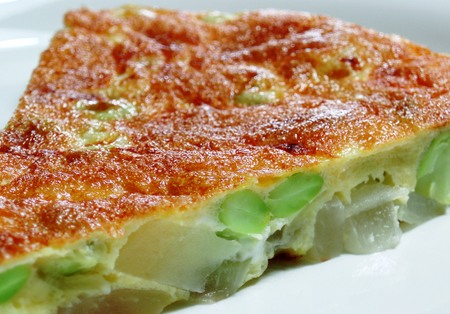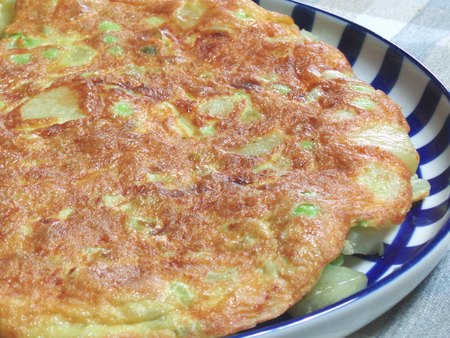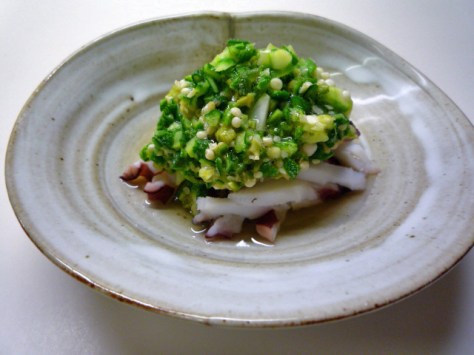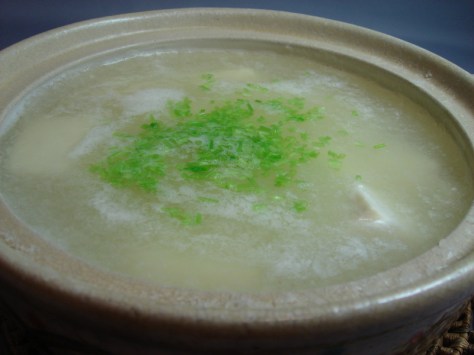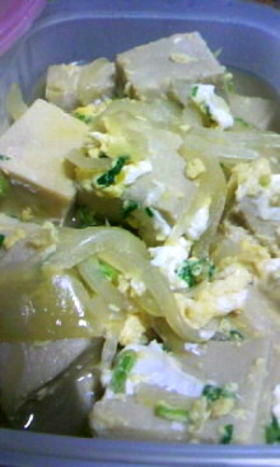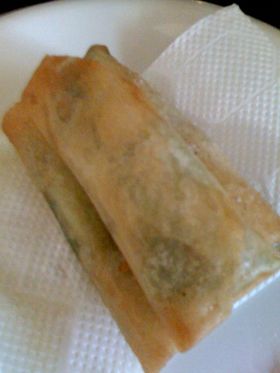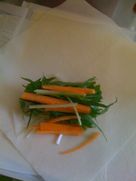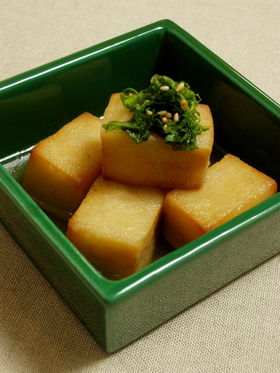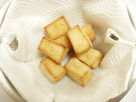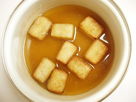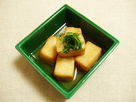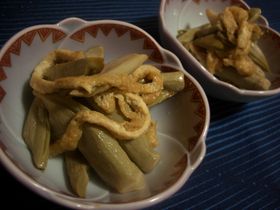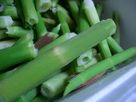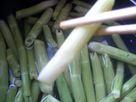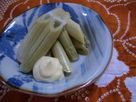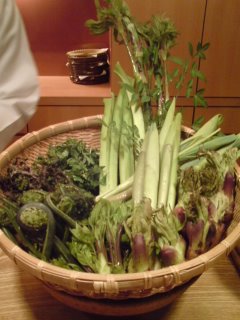
“Sansai/Wild Mountain Plants” are around the corner so I thought it might be a good idea to draw people’s attention back to them for easier reference! They also include wild fruit that can be eaten both as vegetables and fruit with various preparations.
Some can be boiled, others fried, prepared as tempura, cooked in soup, prepared as pickles or jam, etc.
As it would become far too big (already massive, but inexhaustive) a posting if I wrote everything, please pick up one item at a time if you want more explanations and I will write an individual article for your pleasure!
But some have added some since the last time I wrote about them and I added some facts!
Here we go:
(No particular order)
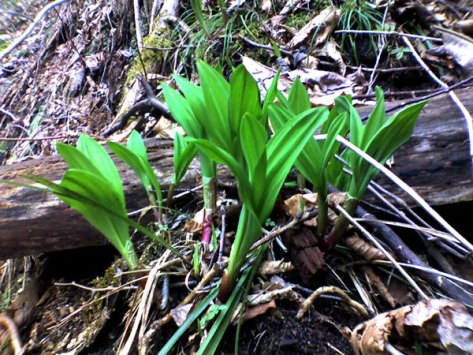
AINU NEGI: ALIUM VICTORIALIS
Also called: GYOUJA NINIKU/VICTORY ONION/ALPINE LEEK
High in Vitamin B1
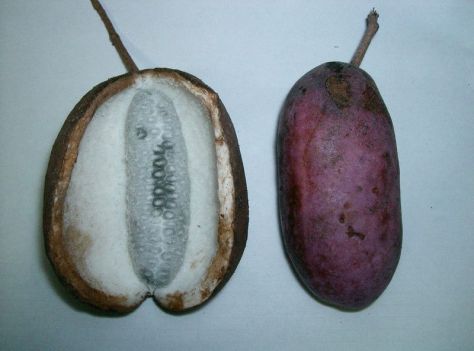
AKEBI: CHOCOLATE VINE
High in Potassium, Vitamin B1, B2, B6, C and vegetal fibers.
Provide great stamina!
The inside is eaten raw as it is sweet.
The outside can be pickled or fried as tempura!

AMADOKORO: POLYGONATUM ODORATUM

AZAMI: THISTLE
Try it as tempura!
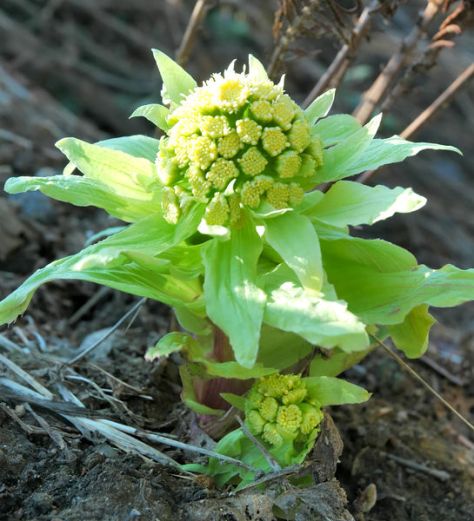
FUKINOTO: GIANT BUTTERBUR/FLOWER CLUSTER
High in Vitamin A Beta carotene, B1, B2, b6, C, vegetal Fibers and Potassium.
Beautiful as tempura!
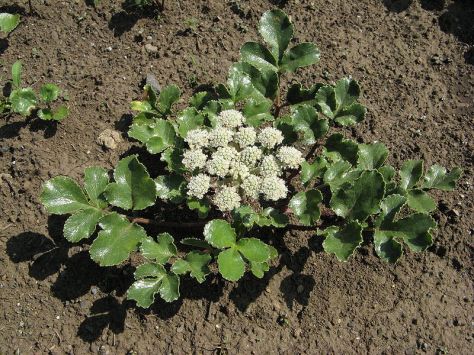
HAMABOUFUU: GLEHNIA LITTORALIS
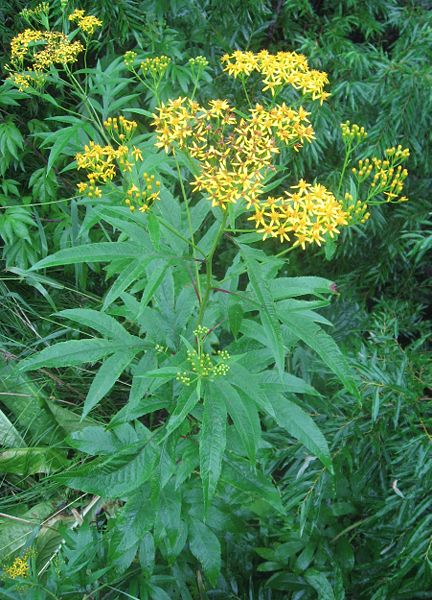
HANGONSOU: SENECIO CANNABIFOLIUS
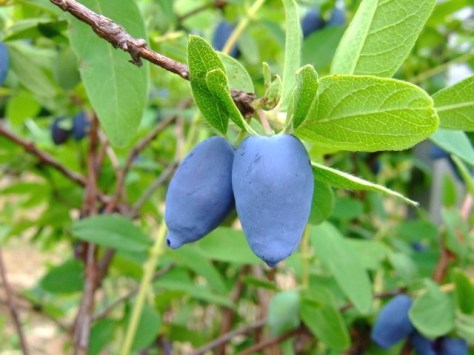
HASUKAPPU: LONICERA CAERULEA/HASCUP

HIKAGEHEGO: FLYING SPIDER MONKEY TREE FERN

IRAKUSA: URTICA THUNBERGIANA

ITADORI: JAPANESE KNOTWEED
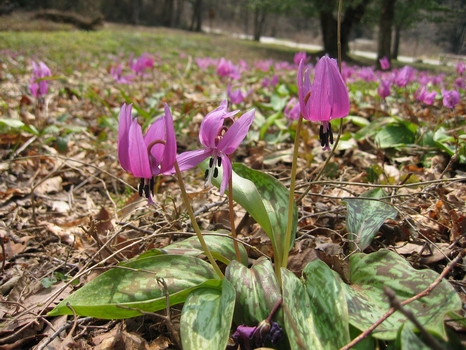
KATAKURI: DOGTOOTH VIOLET
Flowers are also edible.

KIBOUSHI: PLANTAIN LILY HOSTA FORTINEI ( a variety of Hosta Montana)
Beautiful lightly steamed!
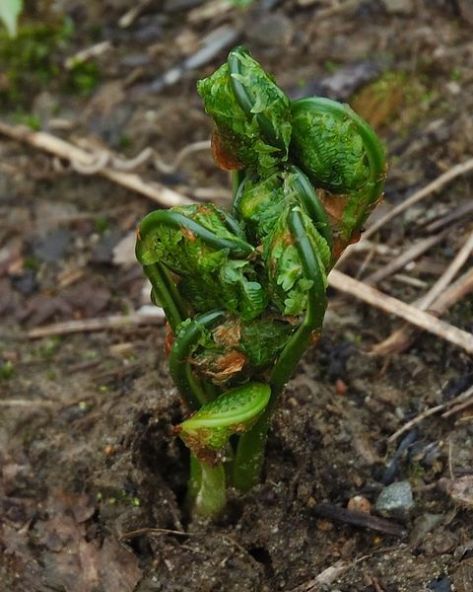
KOGOMI: OSTRICH FERN (exists as green and red)
One of the most eaten wild maoutain vegetable in Japan!
Great plant as it needs no special procees to erase tanginess.
High Carotenes, Vitamin C, Amino acids and vegetal fibers.
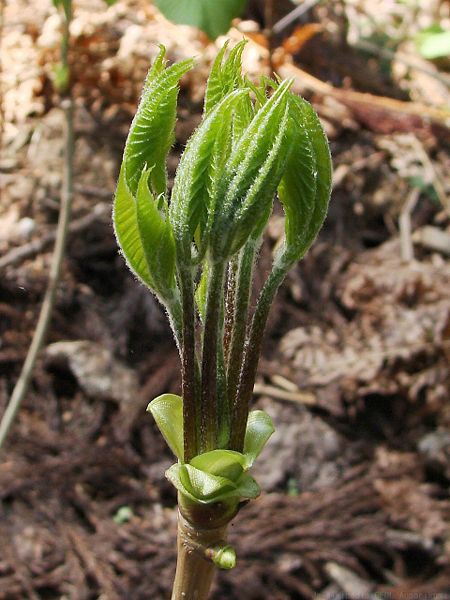
KOSHIABURA : ASCATHOPANAX SCIADOPHYLLOIDES
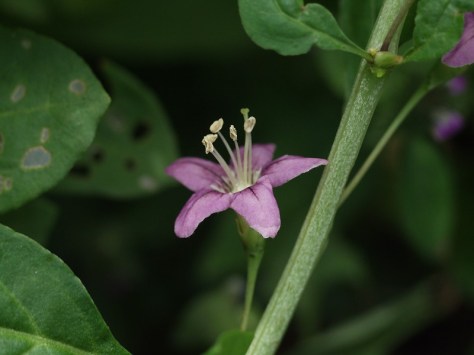
KUKO: CHINESE WOLFBERRY

KUSAGI: HARLEQUIN GLORY BOWER PEANUT BUTTER SHRUB

MATATABI: SILVER VINE
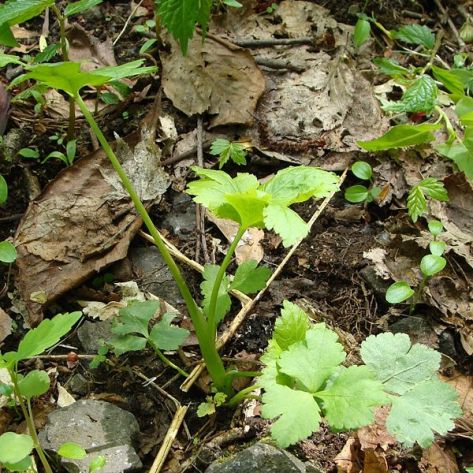
MITSUBA: JAPANESE HONEYWORT
has become a common garden vegetable!
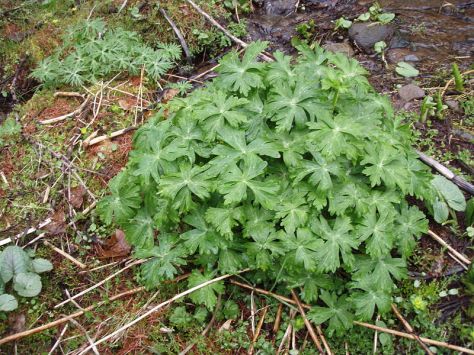
NIRINSOU: ANEMONE FLACCIDA

NOBIRU: ALIUM MACROSTEMON
Another favorite in Japan!
High in Vitamin C, Carotenes, Calcium, Potassium and vegetal fibers.

OYAMABOKUCHI: SYNURUS PUNGENS

RYOUBU: CLERTHRA BARBINERVIS
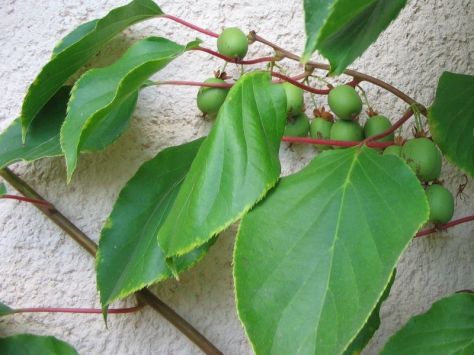
SARUNASHI: ACTINIA ARGUTA

SERI: JAPANESE PARSLEY
has become a garden vegetable in Japan!
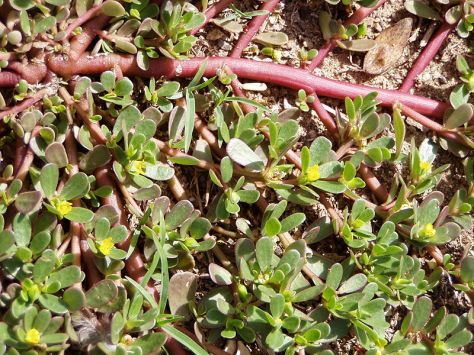
SUBERIYU: COMMON PURSLANE
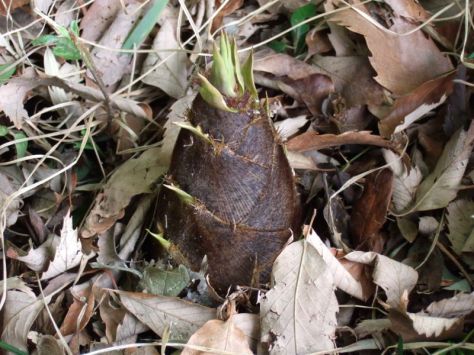
TAKENOKO: BAMBOO SHOOTS (SPROUTS)
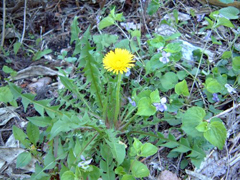
TANPOPO: DANDELION
A green and a yellow variety are already grown in Japanese gardens!
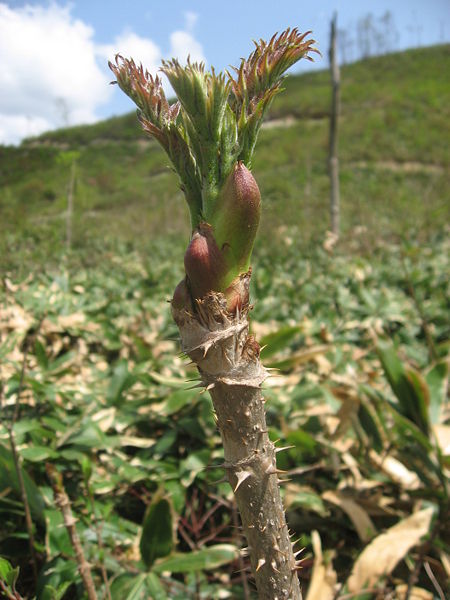
TARA NO ME: ARALIA ELATA
High in Potassium, Vitamin A Beta Carotenes, B2 and vegetal fibers.
Another favorite in Japan!

TSUKUSHI: HORSETAIL-Equisetum arvense (Source IVY)
A kid’s favorite!
High in Potassium, Magnesium, Carotenes and Vitamin E.
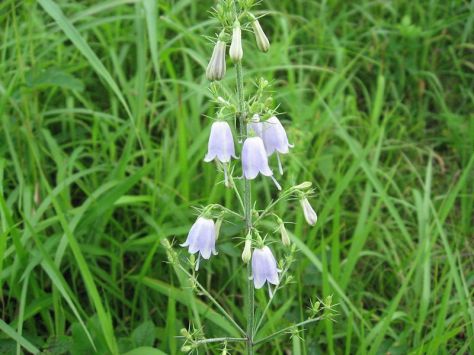
TSUROGANENINJIN: ADENOPHORA TRIPHYLLA

UDO: ARALIA CORDATA
Commonly found in Japanese supermarkets!
High in Potassium, Calcium, Magnesium, Vitamin B1, C, Pantotene acid.
Helps combat human body acidity.
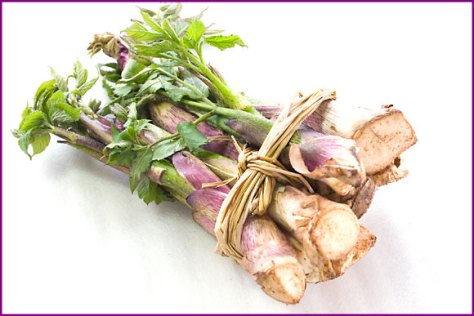
YAMAUDO: same as UDO (above)

URUI: HOSTA MONTANA
Can be eaten raw.
Great in salads. Has become a common vegetable in Japan.

WARABI: PTERIDIUM AQUILINUM/BRACKEN
High Potassium, Calcium, Magnesium, Iron, Vitamin B2, C, E and vegetal fibers.
Commonly seen in supermarkets!
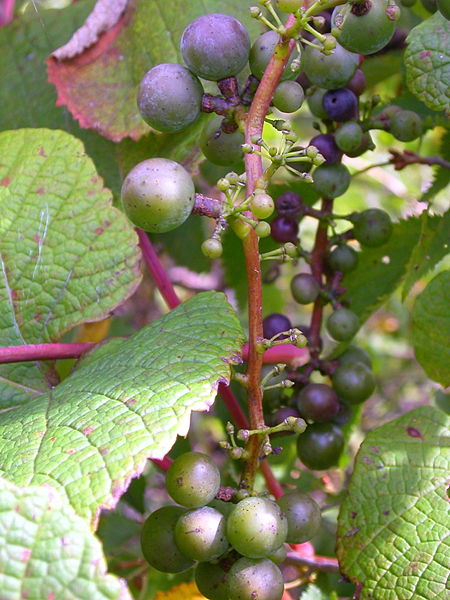
YAMABUDO: CRIMSON GLORY VINE
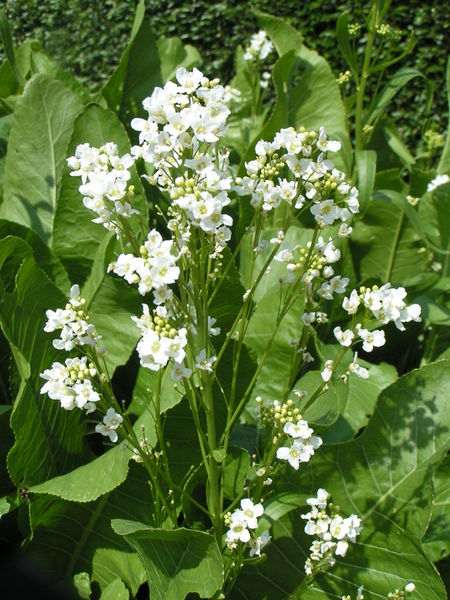
YAMAWASABI: WILD HORSERADISH
Consumed for its flowers, stalks and leaves, but not roots!

ZENMAI: OSMUNDA JAPONICA/ROYAL FERN
High in Potassium, Vitamin A Beta Carotenes, B2, B6, C and vegetal fibers.
FUKI:JAPANESE BUTTERBUR/GIANT BUTTERBUR-Petasites japonicus (Source IVY)
High in Potassium, Calcium, Vitamin B2 and vegetal fibers.
—————————
Still have to find the English names for the following ones!
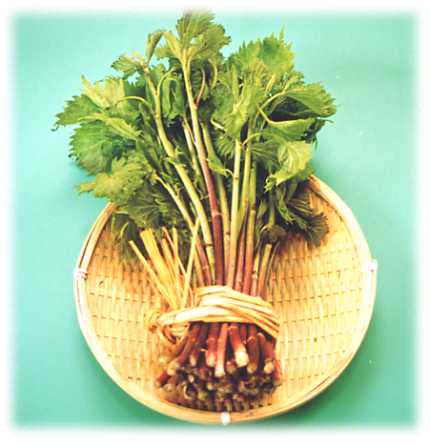
AIKO/Laportea macrostachya (Maxim.) Ohwi (Source IVY)
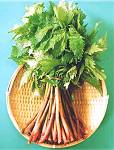
AKAMIZU/ELATOSTEMA UMBELLATUM var. NAJUS
Found the name!
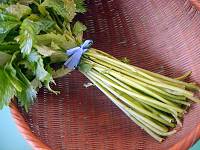
AOMIZU/Pilea Mongolica
Found the name thanks to IVY
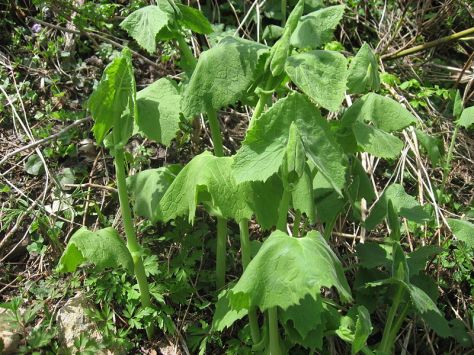
INUDOUNA/Cacalia Hastata L. var . tanakae kitam
Found the name thanks to IVY
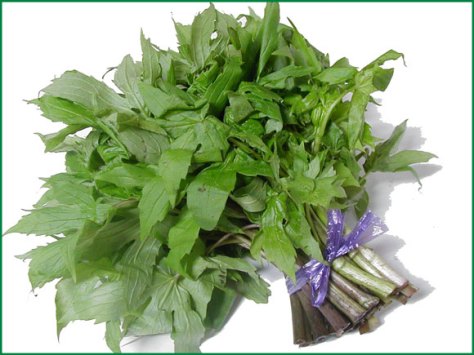
SHIDOKE
ITADORI
has become common in Japan! Can actually be very invasive!
HONNA/Also called SUPPON
YOMOGI/MUGWORT
Great as tempura or in rice cakes!
Not to be confused with absinthe!
NOKANZOU/Hemerocallis fulva, orange daylily
Found the name thanks to IVY
YUKINOSHITA/Saxifraga stolonifera (is the same as Saxifraga sarmentosa), known by several common names, including Creeping Saxifrage, Strawberry Saxifrage, Creeping Rockfoil, the quite ambiguous “Aaron’s beard”, and Strawberry Begonia or Strawberry Geranium (Source: IVY)
Found the name!
RECOMMENDED RELATED WEBSITES
So Good Sushi Restaurant in Nice France
Navigating Nagoya by Paige, Shop with Intent by Debbie, BULA KANA in Fiji, Kraemer’s Culinary blog by Frank Kraemer in New York,Tokyo Food File by Robbie Swinnerton, Green Tea Club by Satoshi Nihonyanagi in Shizuoka!, Mind Some by Tina in Taiwan, Le Manger by Camille Oger (French), The Indian Tourist, Masala Herb by Helene Dsouza in Goa, India, Mummy I Can Cook! by Shu Han in London, Pierre.Cuisine, Francescannotwrite, My White Kitchen, Foodhoe, Chucks Eats, Things that Fizz & Stuff, Five Euro Food by Charles,Red Shallot Kitchen by Priscilla,With a Glass, Nami | Just One Cookbook, Peach Farm Studio, Clumsyfingers by Xethia, PepperBento, Hapabento, Kitchen Cow, Lunch In A Box, Susan at Arkonlite, Vegan Lunch Box; Tokyo Tom Baker, Daily Food Porn/Osaka, Only Nature Food Porn, Happy Little Bento, J-Mama’s Kitchen, Cook, Eat, Play, Repeat, Bento Lunch Blog (German), Adventures In Bento, Anna The Red’s Bento Factory, Ohayo Bento,
Must-see tasting websites:
-Sake: Ichi For The Michi by Rebekah Wilson-Lye in Tokyo, Tokyo Through The Drinking Glass, Tokyo Foodcast, Urban Sake, Sake World
-Wine: Palate To Pen, Warren Bobrow, Cellar Tours, Ancient Fire Wines Blog
-Beer: Another Pint, Please!, Beering In Good Mind: All about Craft Beer in Kansai by Nevitt Reagan!
ABRACADABREW, Magical Craftbeer from Japan
-Whisky: Nonjatta: All about whisky in Japan by Stefan Van Eycken
-Japanese Pottery to enjoy your favourite drinks: Yellin Yakimono Gallery
Non gastronomy must-see sites by Shizuoka Residents
HIGHOCTANE/HAIOKU by Nick Itoh in Shizuoka City








